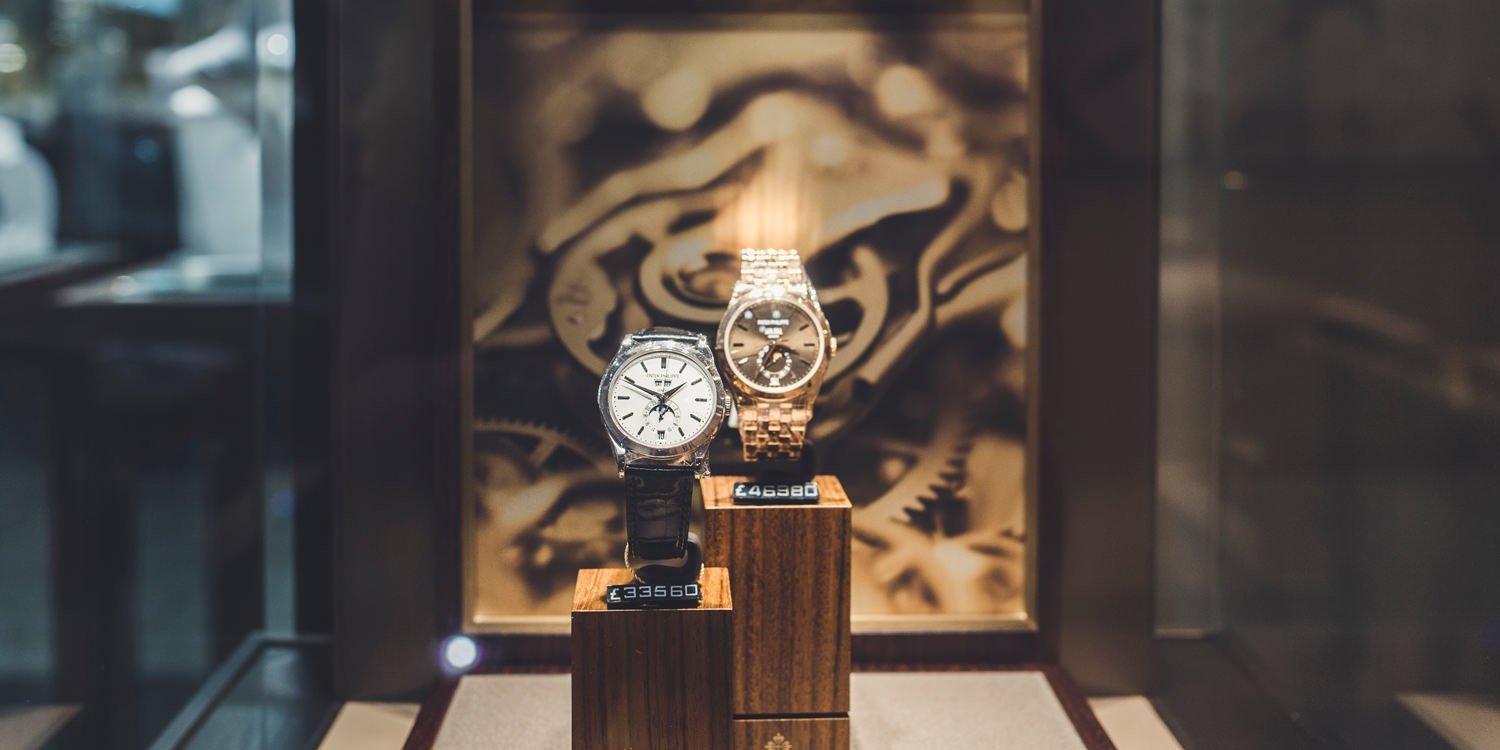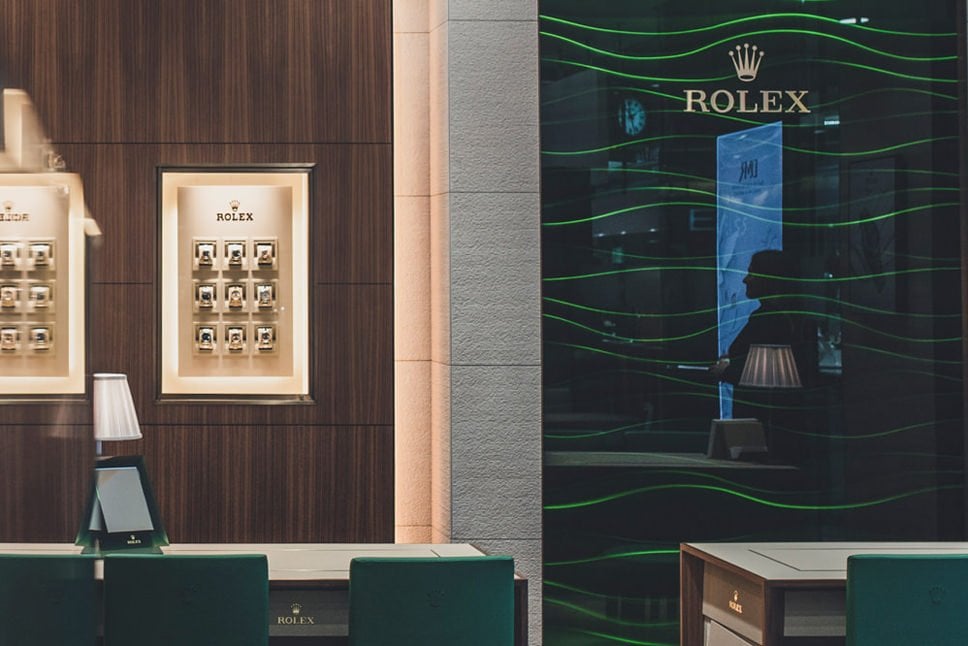The vast majority of David M Robinson clients own a watch and in many cases multiple investment timepieces. Furthermore, they also own jewellery in various forms, and because such purchases are often made over the years, in an incremental way, it can be easy to overlook the total value of the collective items.

Why should I protect my investment timepieces?
The solution is to simply be organised and keep a dialogue going with both your trusted jeweller/ watch supplier and your insurance company.
“The number of cases we come across every month where items have been lost or stolen but are significantly underinsured is staggering”
KARL IRWIN, GENERAL MANAGER OF DAVID M ROBINSON
“Take the most iconic of watches, the Daytona Cosmograph in steel by Rolex; this watch now retails at £7,950 and yet in 2008 it was around £4,000”
a large shortfall in replacement value for the under- insured wearer.
The second, and perhaps the most important point to make is that when purchasing watches and investment timepieces you really should only buy from reputable sources. Official Rolex or Patek Philippe retailers in the UK, for example have to adhere to strict guidelines on product training and after sales, for which they receive official accreditation.
“Over the last decade I have seen many examples of watches bought from so called ‘dealers’, which have been counterfeit, faulty, after set (ie they have had diamonds set in their cases which don’t correspond to the manufacturers standards) and even product that has been stolen and passed to clients”.
Karl Irwin adds
These are serious issues. You can’t always look inside a watch to check it is bona fide so why take the risk. It would be like buying a car without checking the engine or its legitimacy!
Our advice is to always choose a reputable, official retailer and the brand websites have a full partner list available to view.
If the above is true of watches, it is certainly true of jewellery, where there are even more ways in which a client can be duped.
Again our recommended view is to deal with good high street chains or better still, valued independents (often family owned) who are trusted in their local communities and who will always offer the best advice because their reputation is everything to them.
The continuity is vital and it’s always reassuring to see the same trusted staff in these showrooms year on year. Ultimately, caveat emptor (buyer beware) applies when you purchase outside official channels where returns policies do not exist.

What pieces should I buy?
So, now we have discussed who to buy from, the question turns to "what to buy" and we often get asked about investing in watches or jewellery. The first thing to point out is that a jeweller or purveyor of fine watches is not there to offer formal advice in a financial sense of the word.
Yes, certain pieces can be a good investment but on the whole investments are not sold with a VAT element.
If you are considering buying watches as an investment, stick to the Swiss brands who feature consistently in the auction houses of Sotheby’s and Christies. These houses are typically dominated by Patek Philippe and Rolex, as well as the likes of Panerai, Cartier and IWC to name a few.
Watches, like diamonds, gold or platinum, are often traded in US Dollars and or Swiss Francs and it is always important that if you are thinking of selling on one day, you invest in items which have a healthy secondary (auction based) market place, which is transparent in its pricing and reporting and where provenance, authenticity and scarcity are key variables.
A note of caution, if you are buying Vintage pieces, always consult an expert before purchasing.
An additional point to make here is that for any significant watch purchase, it is vital that you keep the original box and papers because if you do want to sell it on at a later date, this will add to its appeal and value…..it’s a bit like having a Full Service History on a car.
Your investments require TLC
Lastly, your investments (emotionally, rather than financially based remember!) need a little "TLC" from time to time.
Your jewellery should be professionally cleaned and checked two or three times per year, pearls re-strung as well and as for your time piece, it’s worth remembering that automatic watches require regular serving every 3-4 years to maintain their accuracy and ensure longevity of service.
Servicing isn’t cheap but is comprehensive and if you are worried about the cost, try examining the costs of not servicing at regular intervals. The car analogy applies again. Leather straps should be replaced as and when needed. There is no hard rule here and generally, if you suspect it needs replacing, it probably does, if you wore a leather belt around your waist every day, it too would degrade over time.
In conclusion then;
1.Buy best in class product.
2.Buy from Official Sources
3.Keep paperwork and boxes
4.Maintain insurance cover at correct levels
5.Observe servicing guidelines
ENJOY wearing your watch or jewellery everyday of your life, enjoy the compliments and whichever child looks after you best in your old age, gets the lot!


Showrooms




